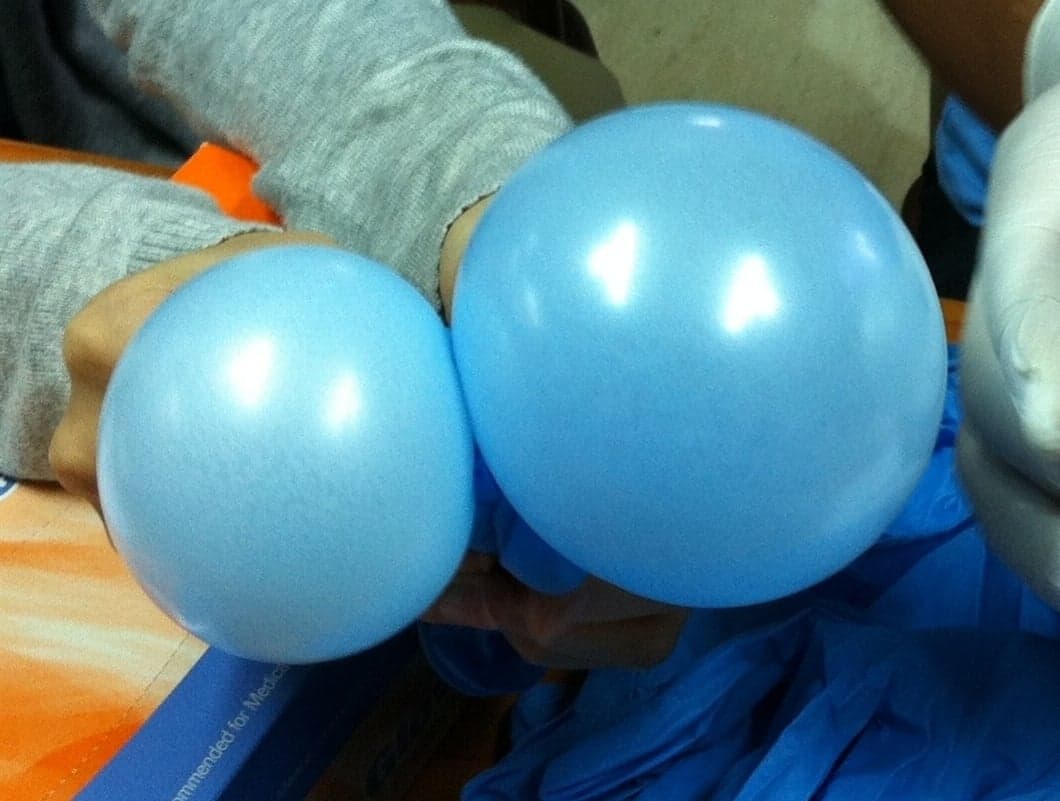Manufacturers use a list of raw materials when producing disposable gloves. It’s similar to a recipe used when baking. The raw materials determine the quality of the gloves produced. If the “ingredients” are altered or changed, the performance of the end product will be affected. Altering the glove ingredients can also reduce the price of glove manufacturing. This can be done by adding chemical fillers.
What are fillers & why use them?
Raw materials alone make up around 45% of production costs for disposable gloves. In an attempt to provide gloves at a lower price, or as costs savings for the manufacturer, fillers are often added during production. Types of fillers commonly used in glove production are carbon black, silica and chalk. Because disposable glove strength is highly proportional to the quality of the raw materials used to manufacture the gloves, the addition of fillers often leads to:
-
Reduced glove strength
-
Reduced glove flexibility
-
Durability & toxicity problems to the wearer
This causes a chain reaction of adverse consequences:
- The rate of glove failure increases, with a subsequently increase in glove usage, increasing glove waste and disposal costs
- The financial impact of employees needing to change gloves because of poor glove quality affects productivity, adding to the overall cost to the business.
- Thicker gloves are used. These are believed to be more durable and cost effective, however, the opposite is often true if the raw material have been compromised during manufacturing.
Although it seems counterintuitive, it is likely that buying a cheaper disposable glove can actually cost more than initially purchasing a higher quality product. Read more about why cheap disposable gloves don’t save you money and the economics of proper glove selection.
Finding Fillers
How can you tell if your gloves are filled with fillers? There is a simple way to check if fillers, and the quantity of, have been added during manufacturing - the inflation test. Simply, do the following:
- Blow up the glove sample similar to you would for a balloon
- When the product is inflated, analyze the surface
Disposable Glove Inflation Test

Inflation Test: Nitrile glove on left, containing fillers, has a dull, opaque look to it when compared to the shiny, clearer higher quality material on the right.
Learn how to do your own inflation test to determine if your gloves contain fillers.
It is possible to see the chalky dusty surfaces created by highly “filled” glove products versus gloves of higher strength, color and luminosity. There are costly hazards associated with using cheap disposable gloves.
A great deal of faith is placed in supplier's ability to deliver disposable gloves sight unseen. One way to address this challenge is through full supply-chain transparency. At Eagle, we believe it’s more than a list on an SDS sheet. We go a step further our unique Eagle Standard, including Delta Zero glove verification testing to ensure consistent manufacturing and product quality. We test each lot to ensure our customers get the same raw material, and same manufacturing process of our high quality disposable gloves.
Contact us if you have any question about conducting your own inflation test.

Written by:
Steve Ardagh, CEO & Founder


